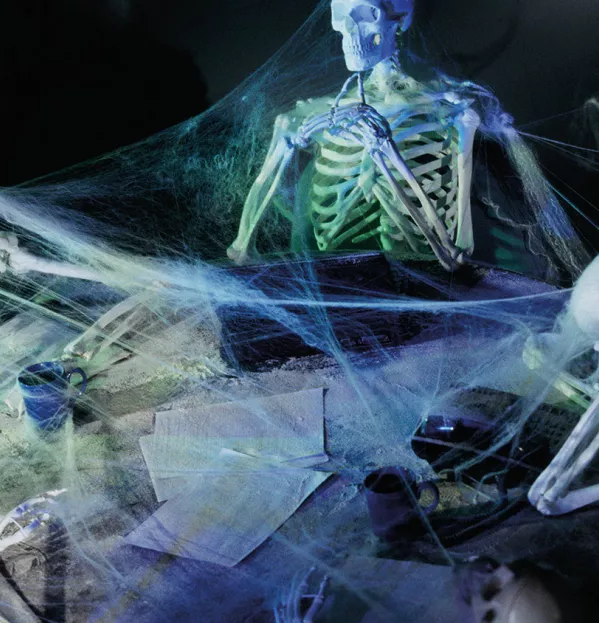At some point in their career, every teacher has sat dutifully in a training session, struggling to follow along with an interminable PowerPoint presentation.
No matter how many inspirational quotes, enigmatic images and faintly amusing GIFs have been crammed into those slides, it is never enough to truly bring the information they summarise to life.
From being subjected to “death by PowerPoint” ourselves, we all know that these presentations can prove deeply problematic when it comes to making complex information clear and accessible. So, why do so many of us still use them in our lessons?
Teachers have to cover the curriculum with limited resources and time, and so a pithy presentation can feel like an effective way to race through necessary elements.
The risk of teacher PowerPoints
I was so proud of many of the beautiful PowerPoint presentations I devised early on in my career, on everything from Romanticism to rhetorical devices. I simply didn’t worry about what was not being read because of my aesthetically pleasing slides.
But while jazzy presentations give us teachers a chance to be creative, they may actually be hampering students’ understanding. In the pursuit of expediency, we can be simplifying too much - going from full, complex texts to key words and glossy images.
Education professor Maryanne Wolf articulated the issue in her book, Reader, Come Home: “What concerns me as a scientist is whether expert readers like us, after multiple hours (and years) of daily screen reading, are subtly changing the allocation of attention to key processes when reading longer, more complex texts.”
What if the distillation of complex texts into snappy slides is actually damaging our students’ ability to read complex material and to access the far reaches of the curriculum?
Researchers have found that textbooks have been simplified over the past century but the further simplification produced by PowerPoint slides may prove a step too far.
Despite the excitement that attends dual coding - where teachers provide both visual and verbal information to aid comprehension - it may well be that it can inadvertently limit our pupils’ deeper understanding. In the history classroom, for example, pupils need to read sustained arguments by historians; a pretty PowerPoint presentation just doesn’t cut it. We may indeed cover the curriculum in time but that coverage could prove a mile wide and only an inch deep.
PowerPoint presentations may have a place in our teaching and curriculum design but we should consider their use carefully.
In doing so, we can help avoid costly errors in understanding.
Alex Quigley is a former teacher who now works for an educational charity supporting schools and disadvantaged pupils. He is the author of Closing the Reading Gap
This article originally appeared in the 19 February 2021 issue under the headline “Death by PowerPoint”




